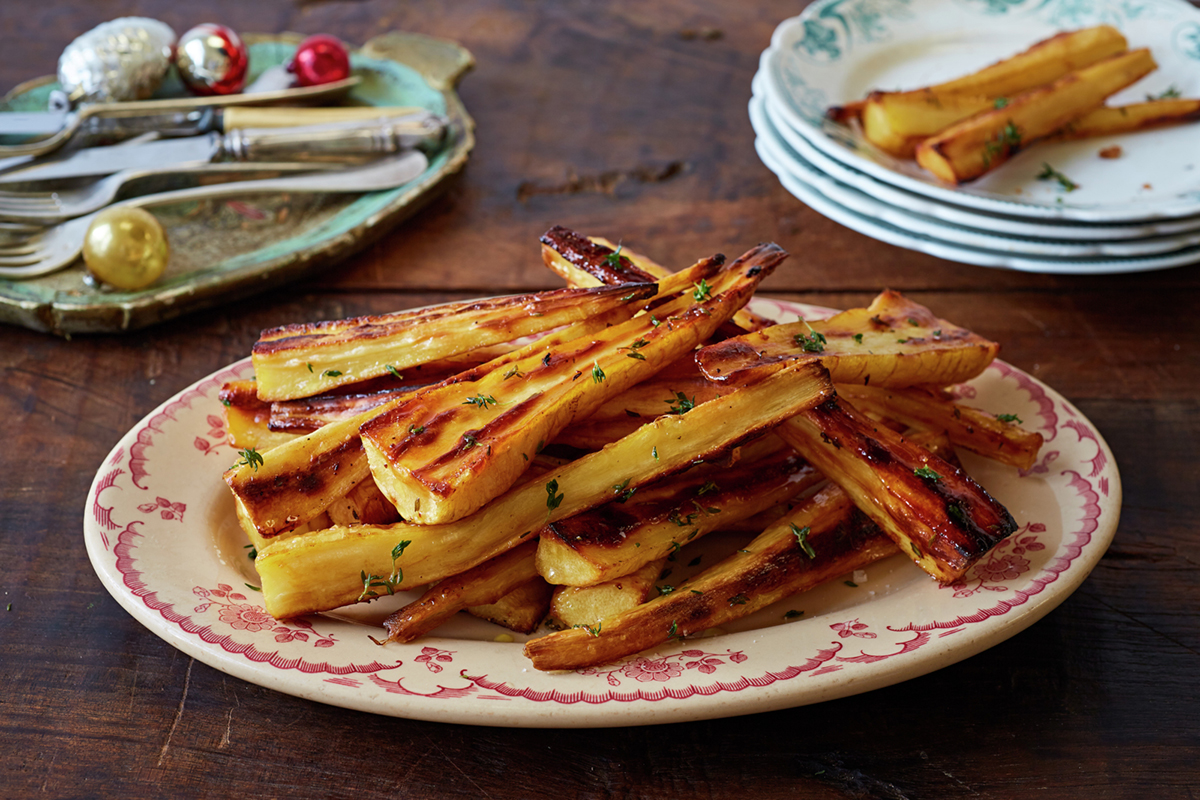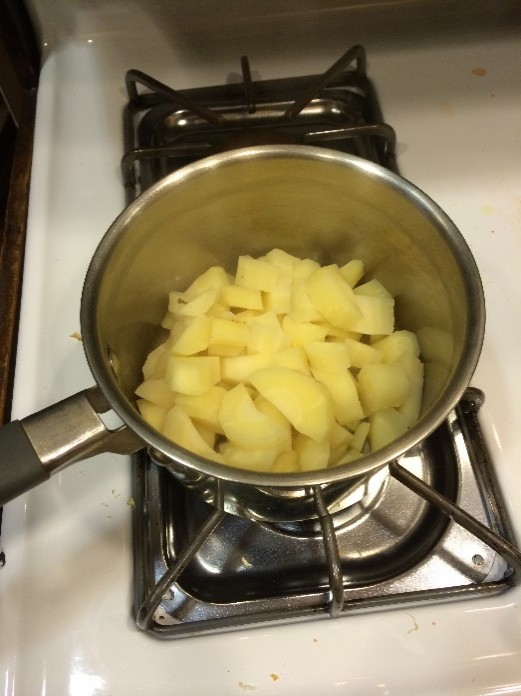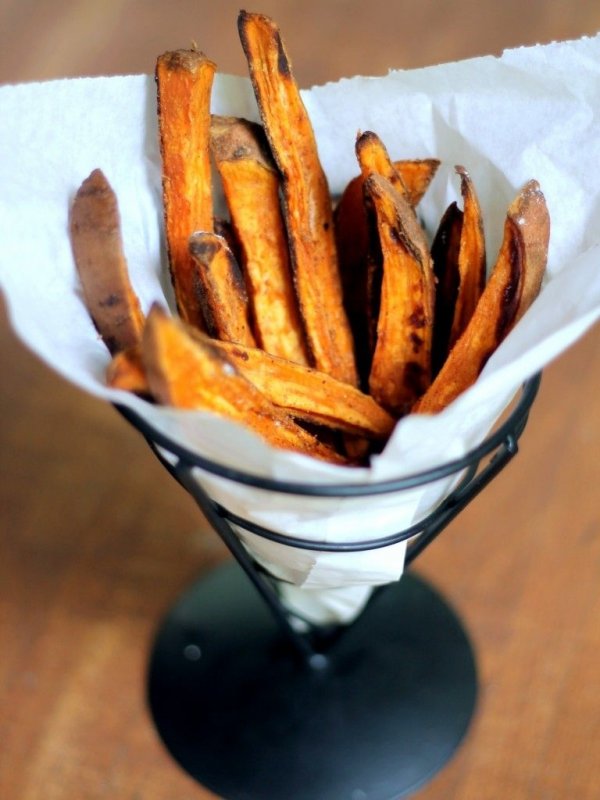

Most are cylindrical, but some cultivars have a more bulbous shape, which generally tends to be favored by food processors as it is more resistant to breakage. The roots are generally smooth, although lateral roots sometimes form. Parsnips are grown for their fleshy, edible, cream-colored taproots. The parsnip is a biennial plant with a rosette of roughly hairy leaves that have a pungent odor when crushed.
#Steamed parsnips skin
Handling the stems and foliage can cause a skin rash if the skin is exposed to sunlight after handling. The plant is attacked by the carrot fly and other insect pests, as well as viruses and fungal diseases, of which canker is the most serious. It is best cultivated in deep, stone-free soil. It has a sweet flavor, not unlike carrots is high in vitamins, antioxidants, and minerals (especially potassium) and also contains both soluble and insoluble dietary fiber. Parsnips are usually cooked, but can also be eaten raw. It was used as a sweetener before the arrival of cane sugar in Europe. The parsnip is native to Eurasia it has been used as a vegetable since antiquity and was cultivated by the Romans, although some confusion exists between parsnips and carrots in the literature of the time. By this time, the stem has become woody and the tap root inedible. If unharvested, in its second growing season it produces a flowering stem topped by an umbel of small yellow flowers, later producing pale brown, flat, winged seeds. In its first growing season, the plant has a rosette of pinnate, mid-green leaves. Its long taproot has cream-colored skin and flesh, and, left in the ground to mature, it becomes sweeter in flavor after winter frosts. It is a biennial plant usually grown as an annual.

We’ve written The Plant-Based Family Cookbook filled with 60 easy to make tasty recipes that you and your family will enjoy, perfect for if you are fully plant-based or hoping to introduce more vegan meals into your week.The parsnip ( Pastinaca sativa) is a root vegetable closely related to carrot and parsley, all belonging to the flowering plant family Apiaceae. You can also share your pictures with us on Instagram and Facebook. If you enjoyed our Roasted Carrots and Parsnips with a soy and maple glaze recipe, please do leave us a comment and a star rating below. Return to the oven for a further 15 minutes Then remove from the oven and give them a careful shake in the pan (or move them around a little with a fork). Return the vegetables to the oven and roast for a further 15 minutes. Stir the glaze through the carrots and parsnips so they are all nicely coated.

Remove the tray from the oven and pour over the soy and maple glaze. Set to one side while the vegetables roast. Pour over the maple syrup and soy sauce and whisk together. In a bowl grate the ginger (we use a zester), garlic and orange zest. Place in the oven for 20 minutes, then remove and give the vegetables a shake in the pan to help stop them from sticking. Liberally drizzle with oil and grind over salt and pepper. Oil the base of a large roasting tin and spread out the parsnips and carrots. Peel the carrots and slice them a similar length to the parsnips. Peel the parsnips and slice them into 10cm/3 ½ inch pieces then parboil them for 4 minutes in a large pan of boiling salted water. Make sure the carrots and parsnips are evenly coated in oil to prevent them from sticking to the pan and to crisp a little when cooking. Also quickly par-boiling the parsnips means they all cook to perfection. The key steps are to slice the carrots and parsnips into roughly the same size (10 cm / 3 ½ inch pieces) this just ensures even cooking. The preparation of this dish is really very simple.
#Steamed parsnips how to
How to prepare the roasted carrots and parsnips with a soy and maple glaze Roasting the carrots and parsnips creates a lightly sticky glaze – we’d quite happily just eat a tray of them. This brings a hint of warmth from the ginger and elevates the sweetness of the vegetables. This simple recipe transforms roasted carrots and parsnips by adding a gorgeous glaze made with a blend of soy, maple, and a touch of fresh ginger. We do love a simple traybake and we adore roasted vegetables, so these roasted carrots & parsnips with soy and maple glaze give a tasty little twist to a traditional dish that we’ve all made over and over and turn them into something deliciously different. Whether it’s for the Sunday roast, for festive feasting or just as a tasty addition to the middle of the week these Roasted Carrots and Parsnips with a Soy and Maple glaze are absolutely brilliant.


 0 kommentar(er)
0 kommentar(er)
